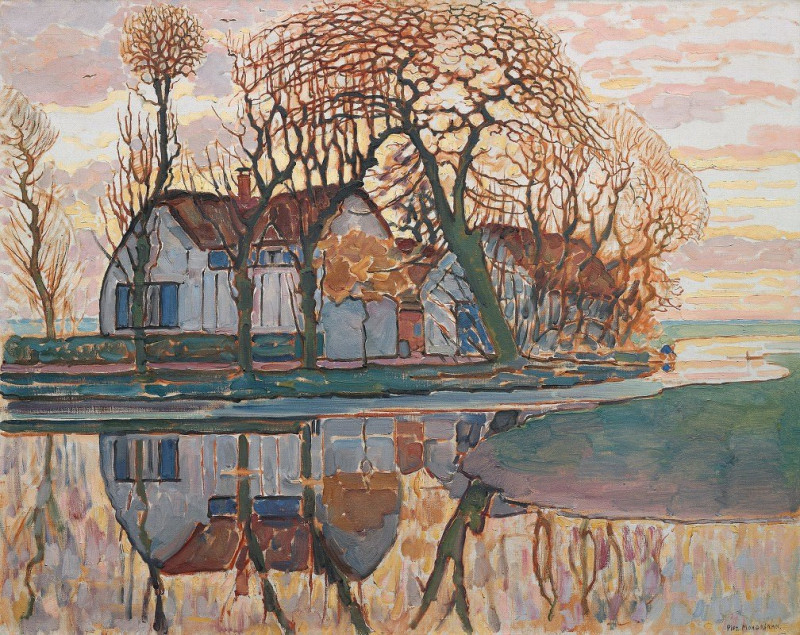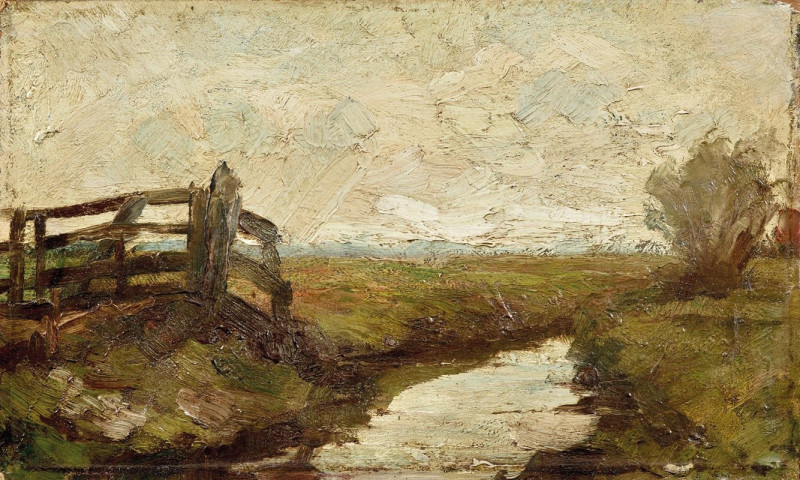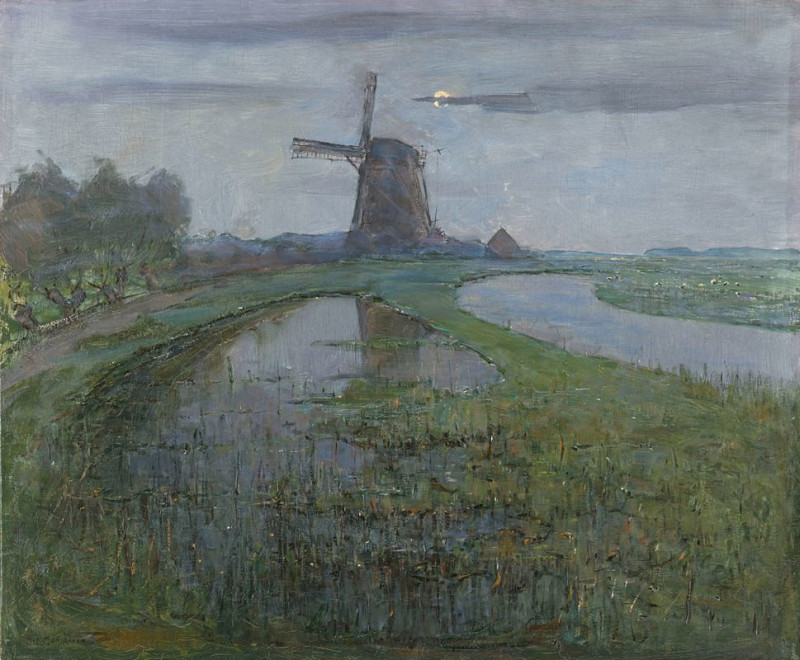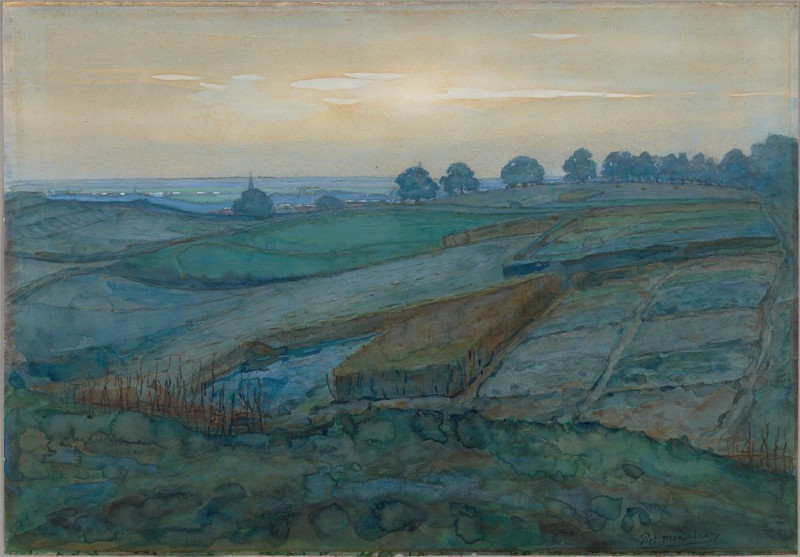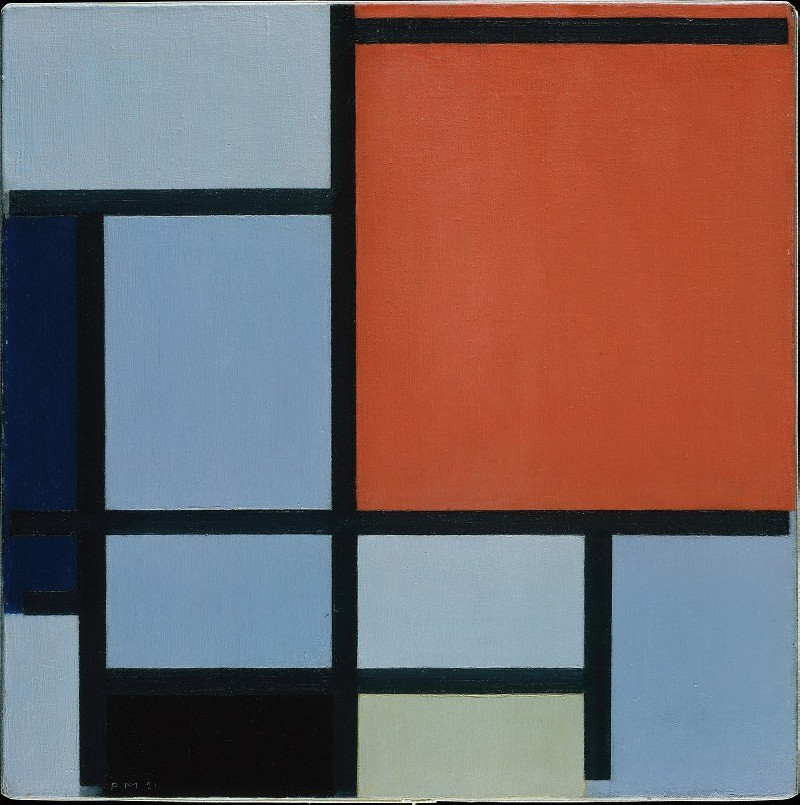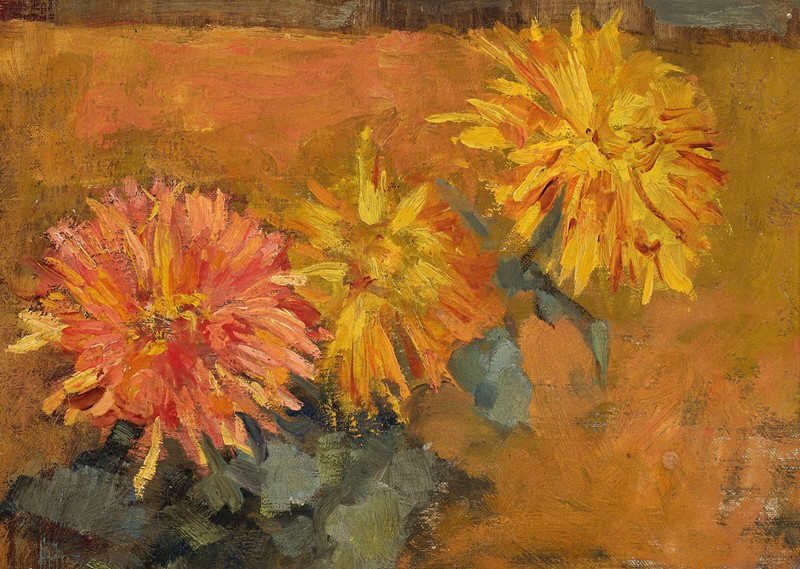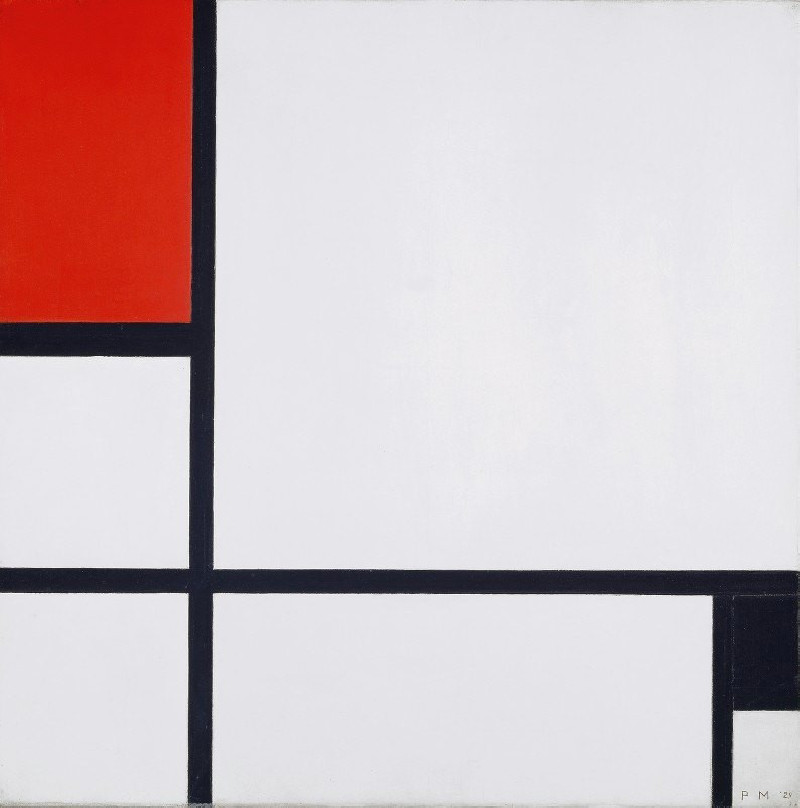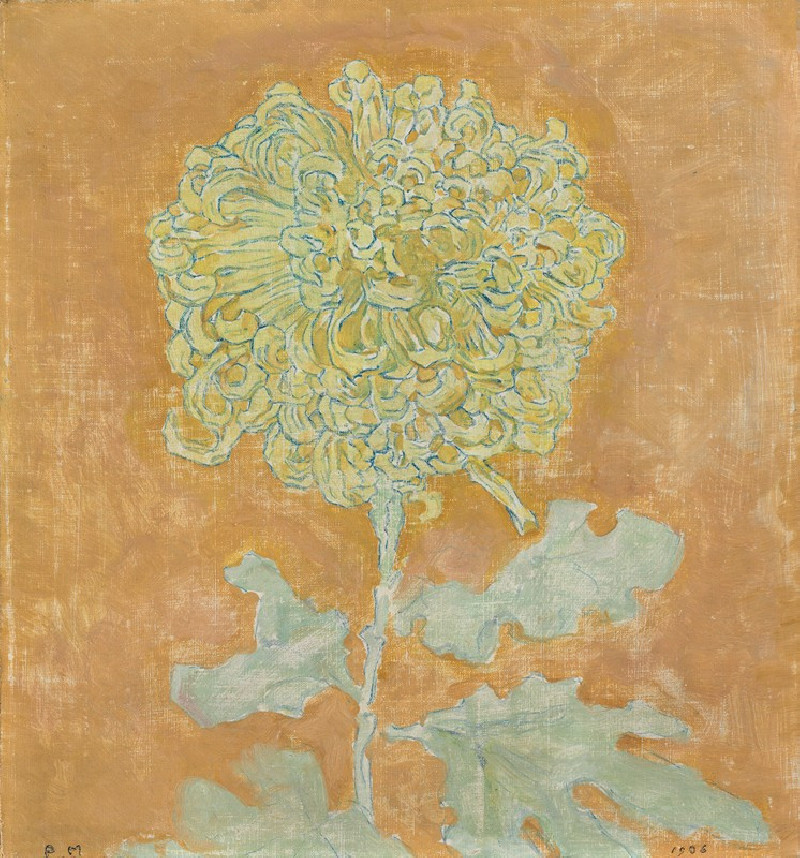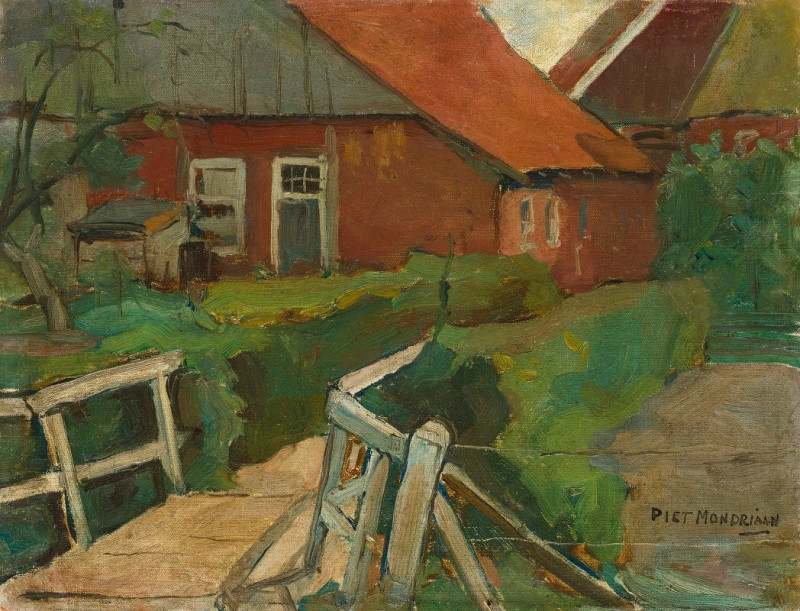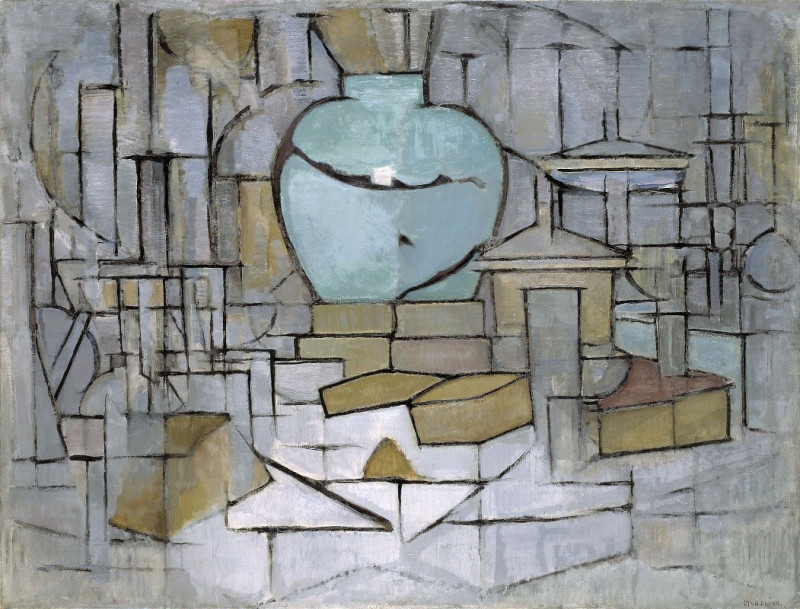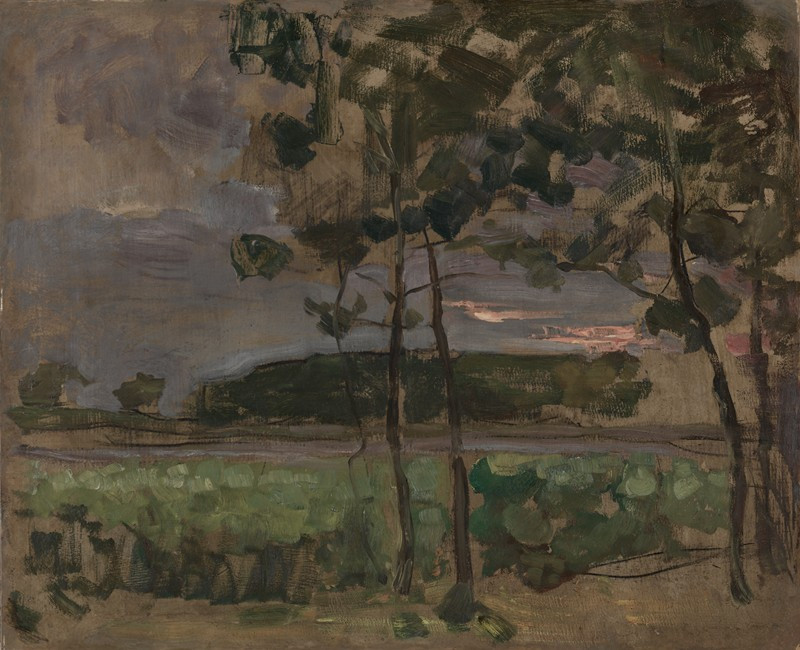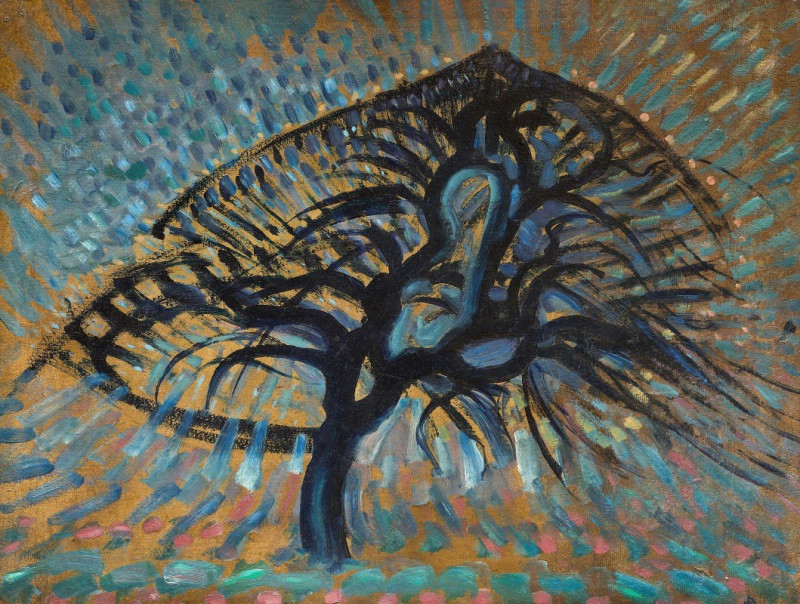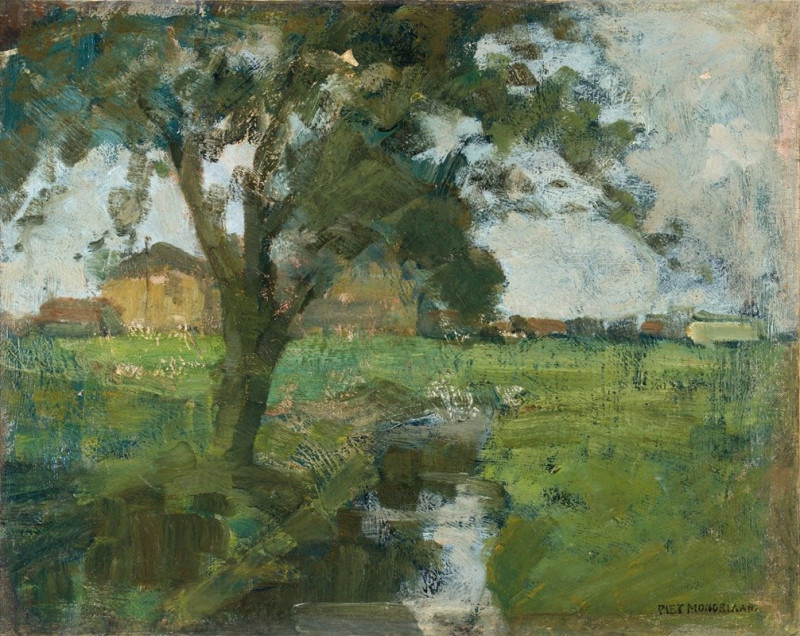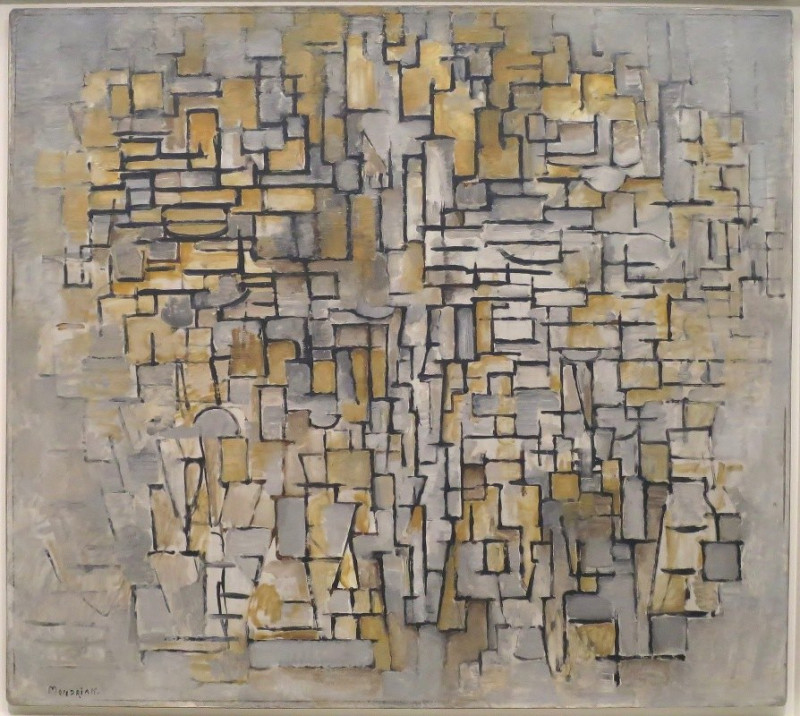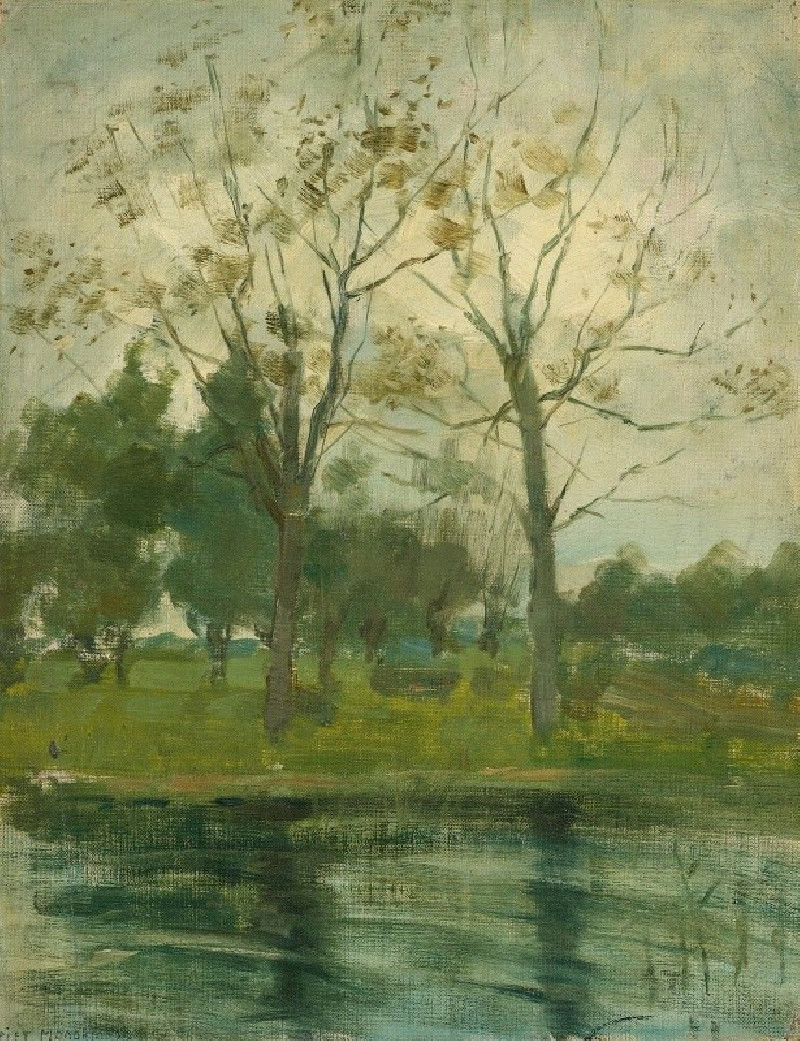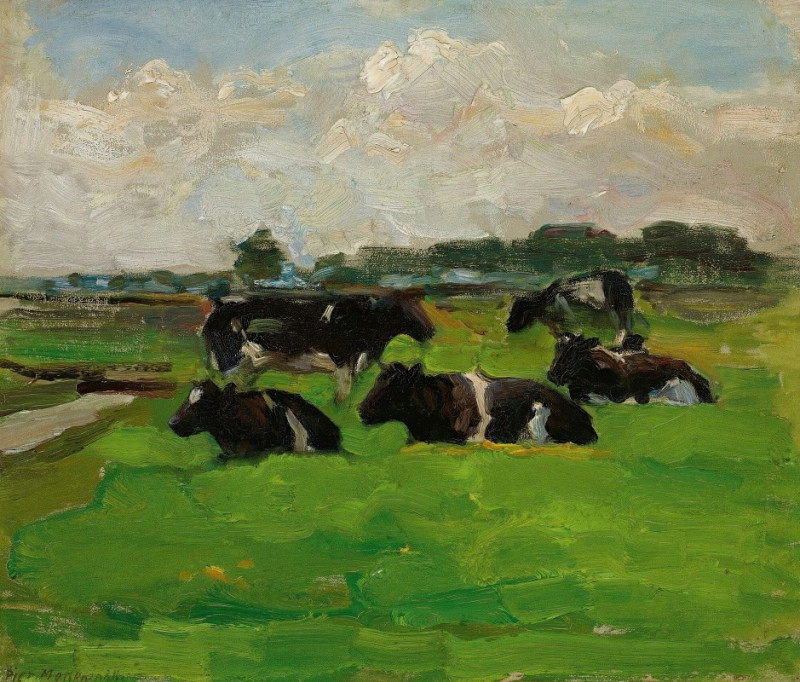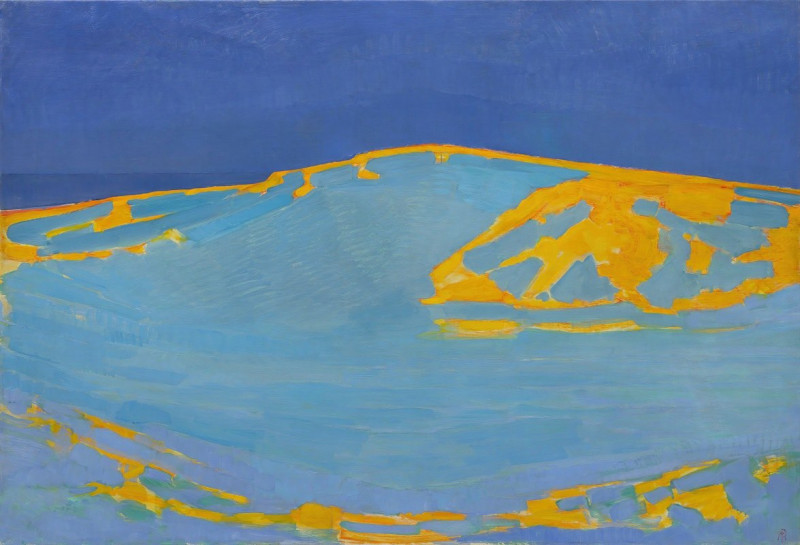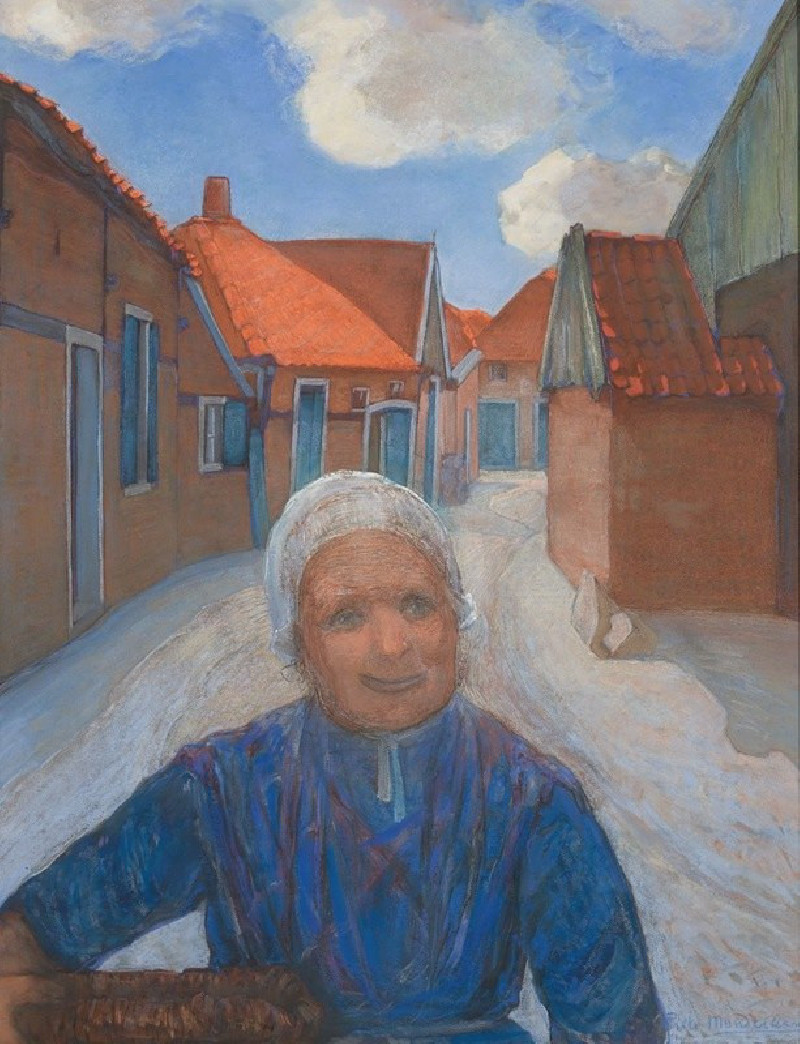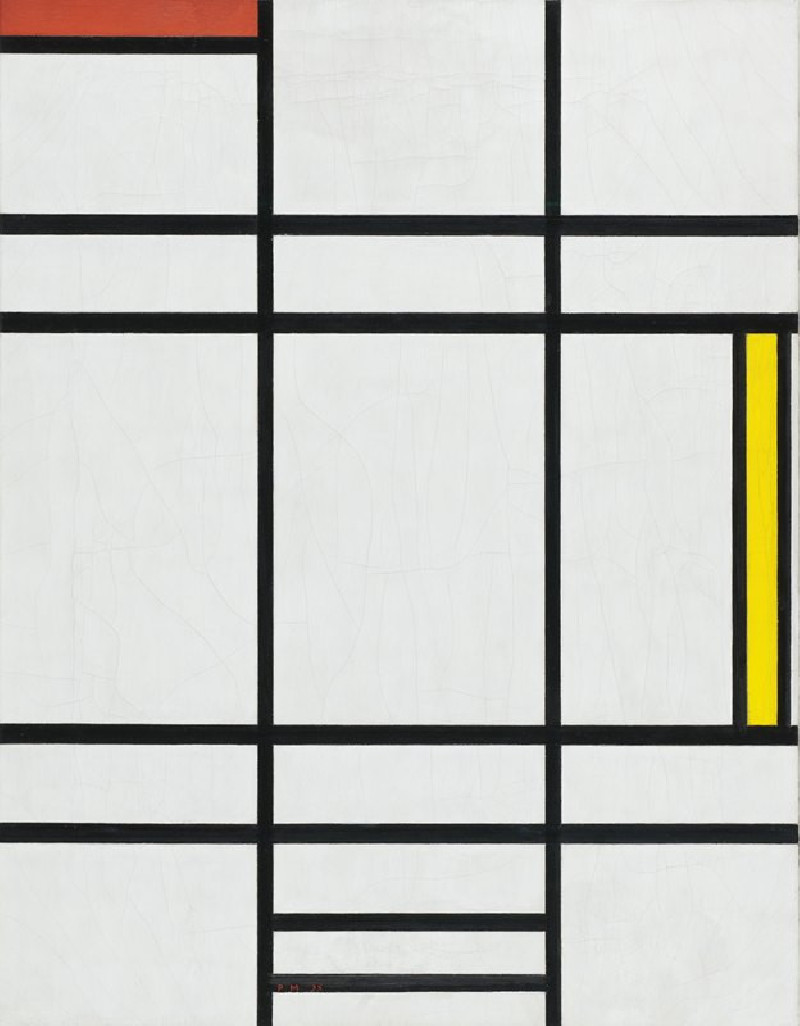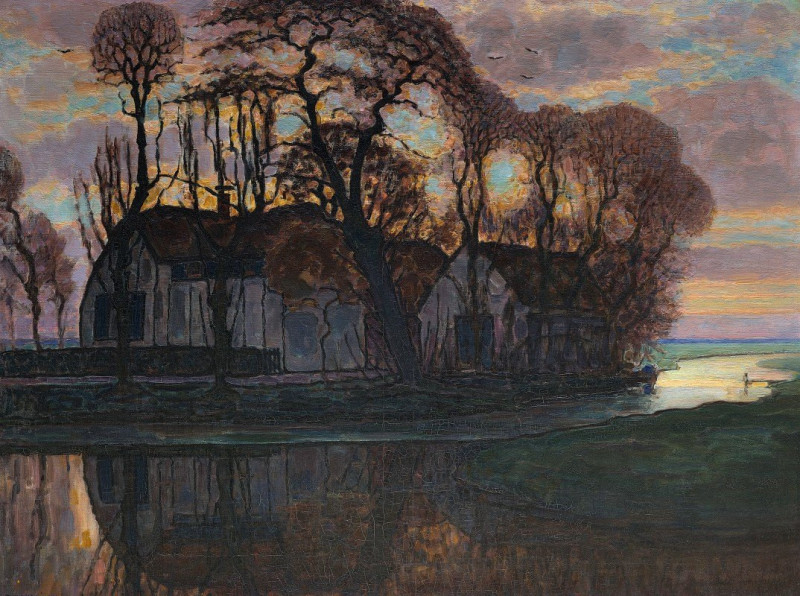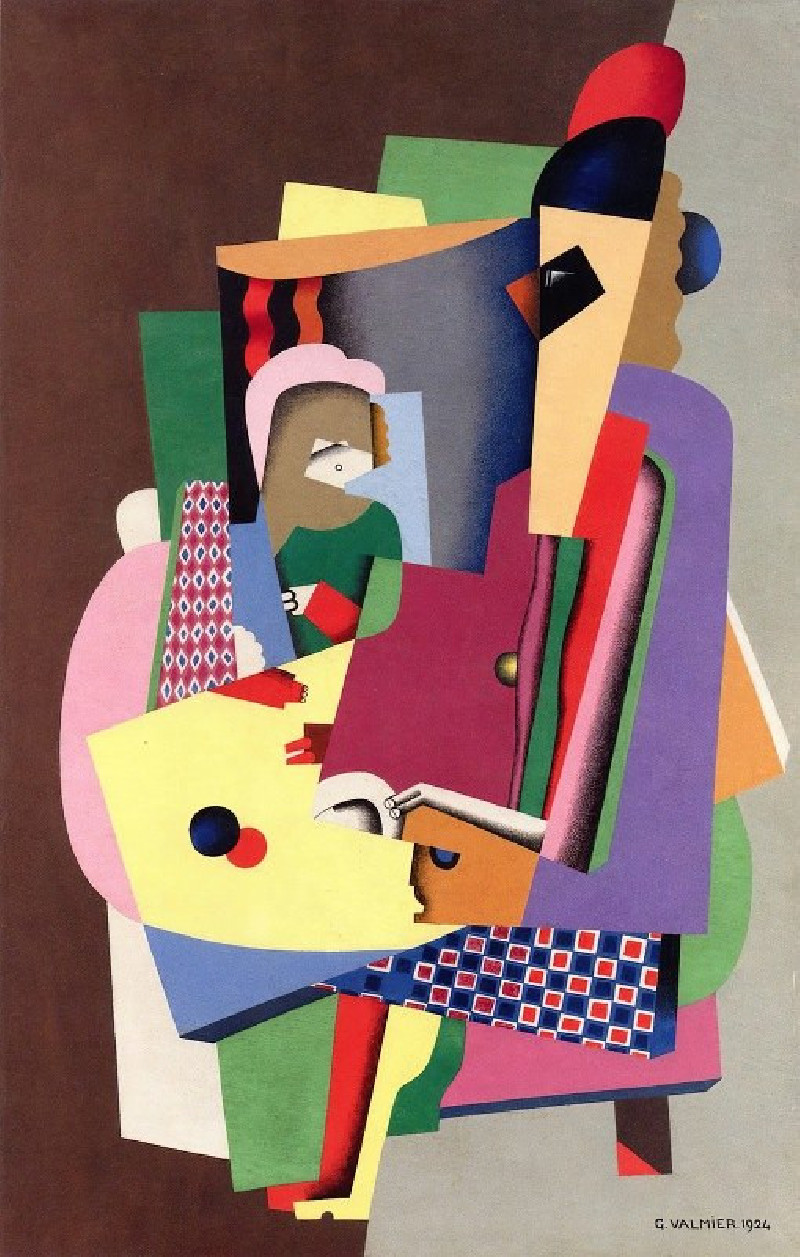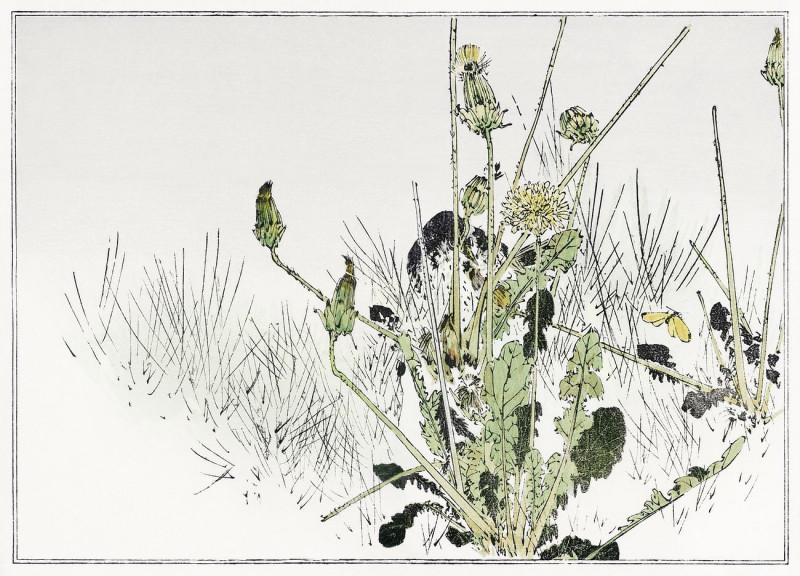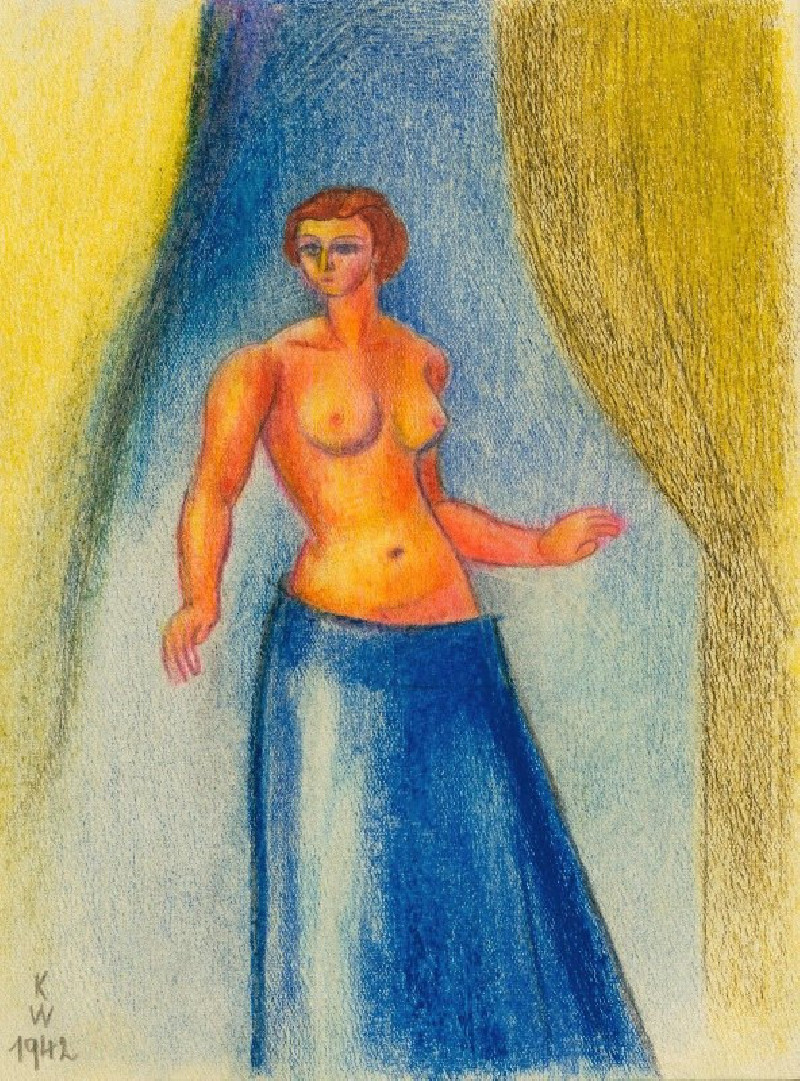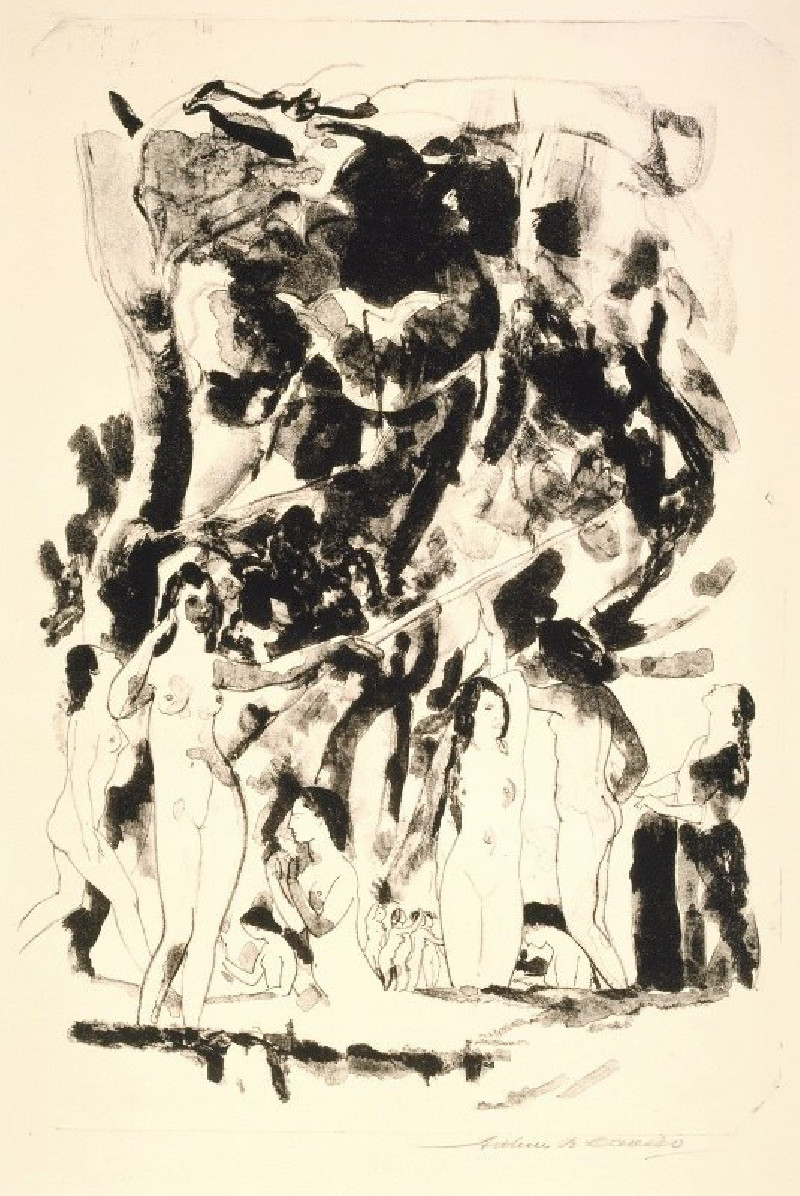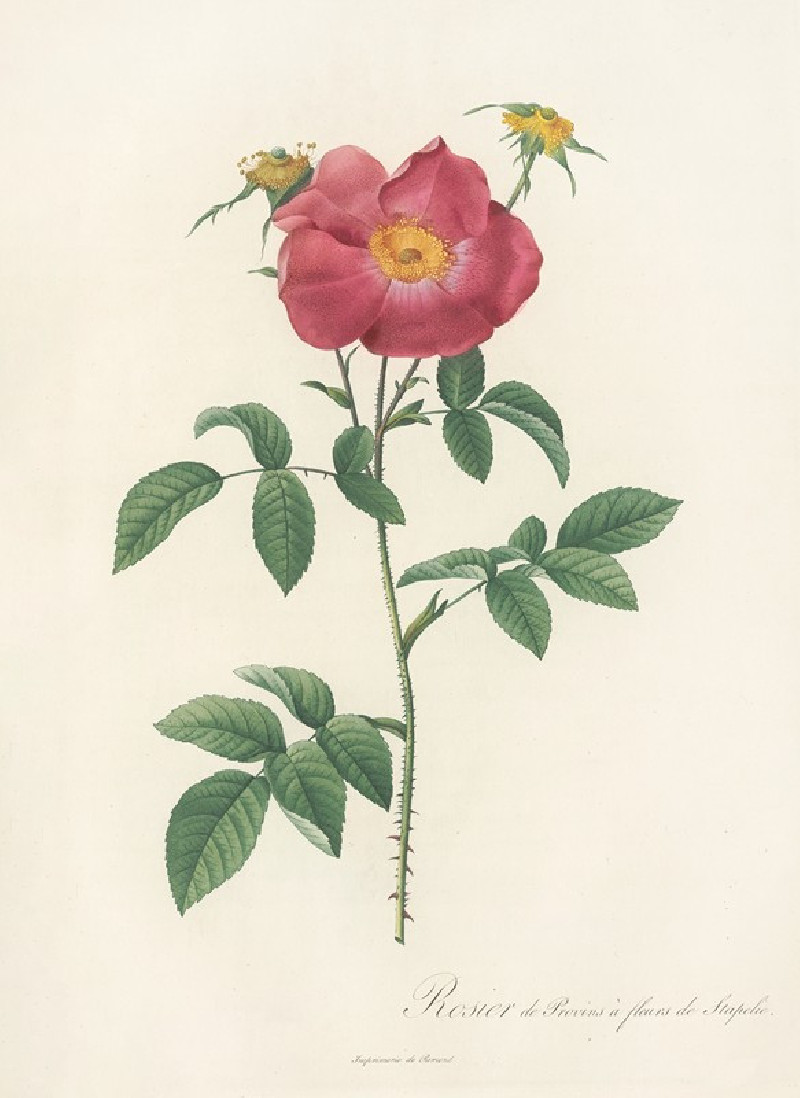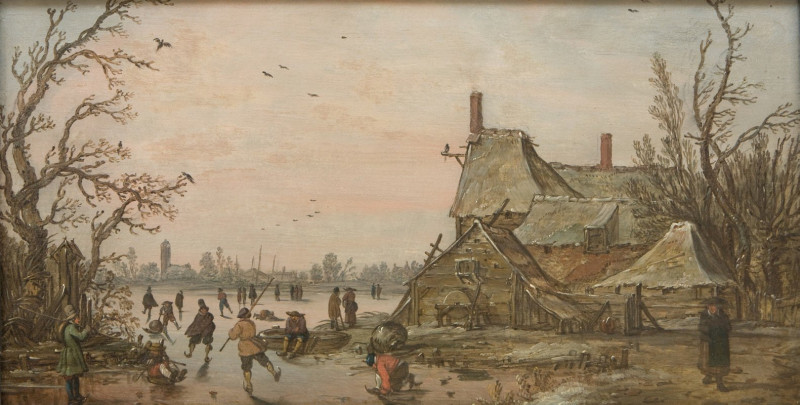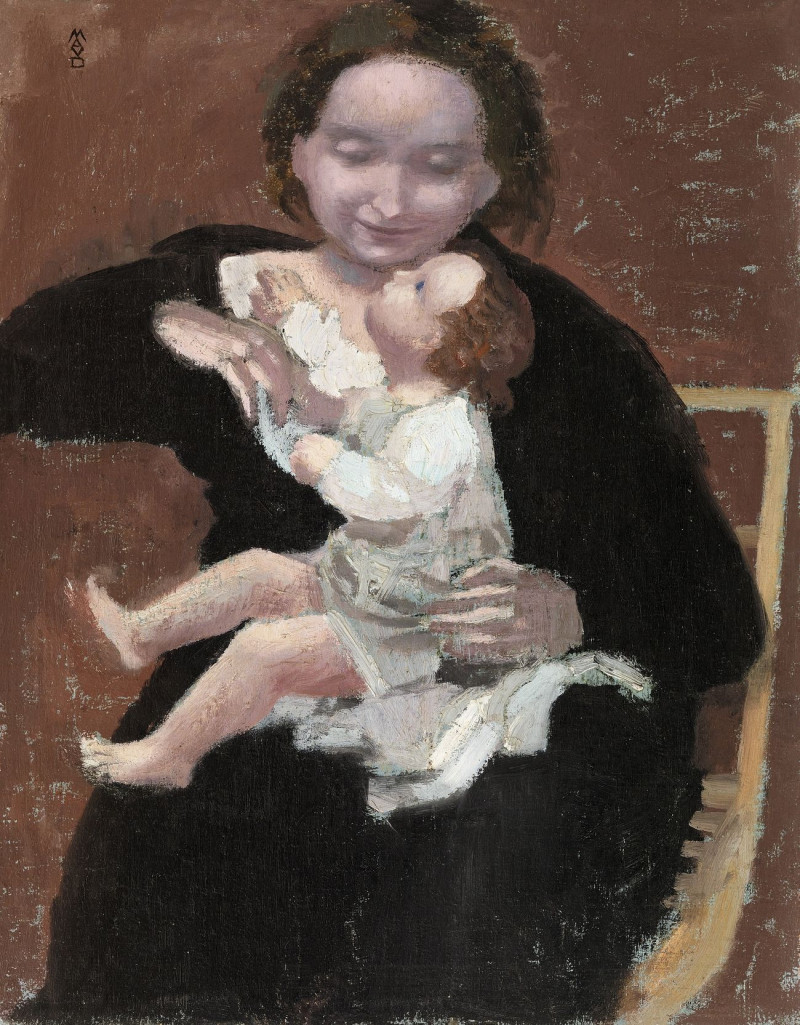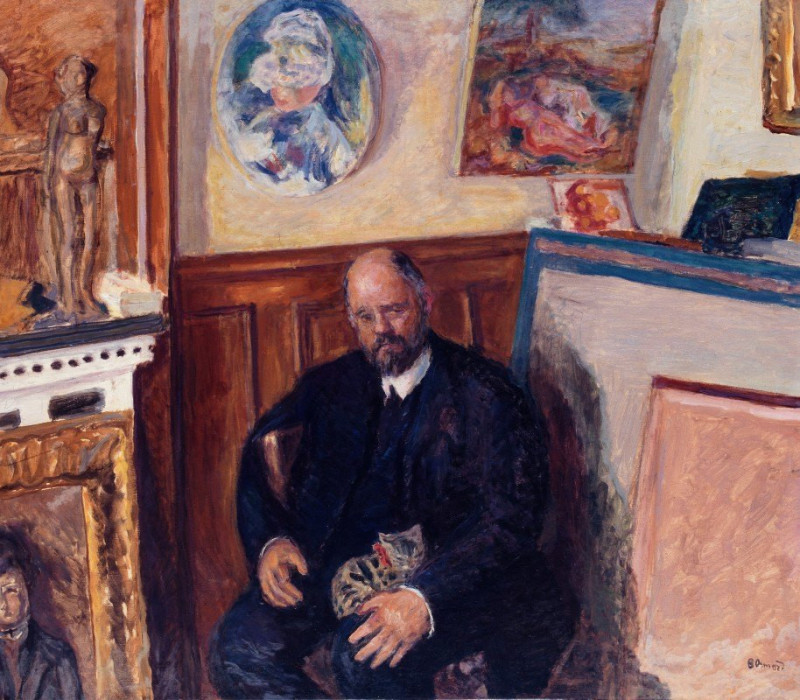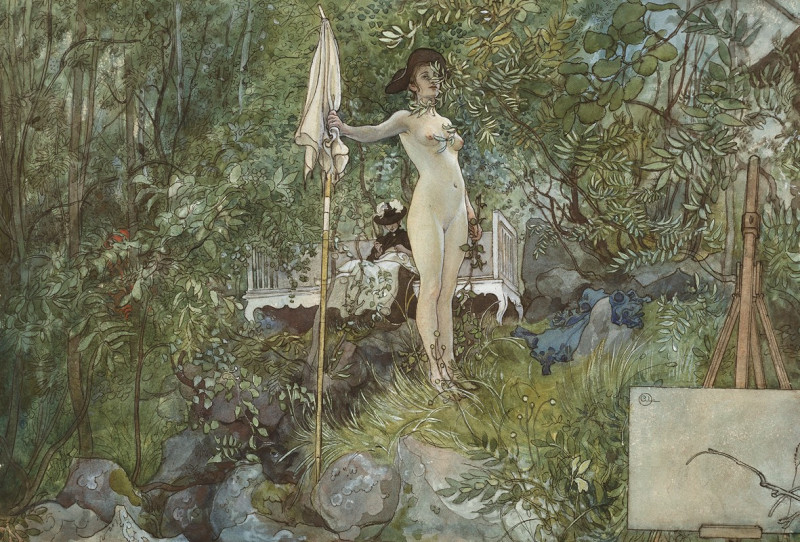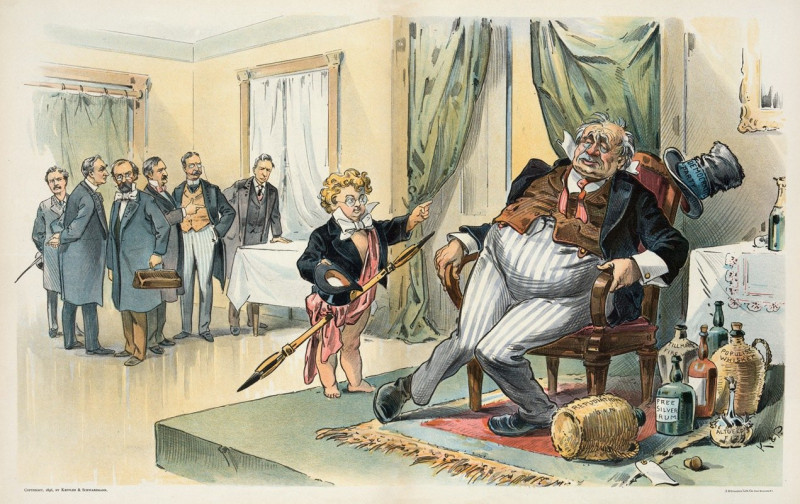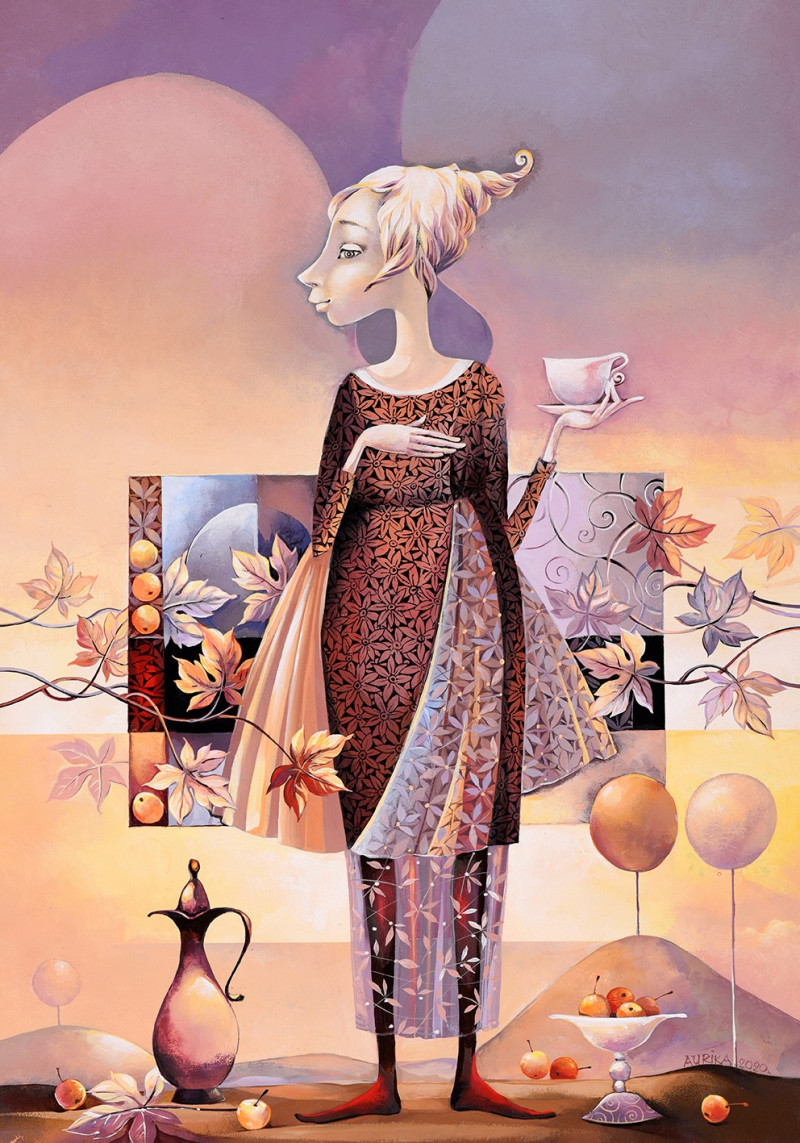Farm near Duivendrecht (c. 1916)
Technique: Giclée quality print
Recommended by our customers
More about this artwork
Piet Mondrian’s painting "Farm near Duivendrecht, c. 1916" captivates viewers with its harmonious interplay of nature and gentle human habitation. This remarkable work of art depicts a serene rural setting, where traditional Dutch houses with their characteristic gabled roofs nestle amidst a vivid entanglement of barren, yet strikingly expressive trees. The presence of reflection in the nearby water adds a dreamlike quality to the scene, as it mirrors the complex lattice of branches and the soft hues of the dwellings.The painting is remarkable for its color palette, which consists of subtle earth tones blended with shades of blue and soft pastels, evoking a calm, early morning or late afternoon. Mondrian's brushwork is fluid yet controlled, allowing each element to blend into a unified landscape that hints at the transition between seasons."Farm near Duivendrecht" is a testament to Mondrian's evolving artistic style before his pivotal shift to abstract geometric compositions.
Delivery
Returns
Pieter Cornelis Mondriaan, was a Dutch painter and theoretician who is regarded as one of the greatest artists of the 20th century. He is known for being one of the pioneers of 20th-century abstract art, as he changed his artistic direction from figurative painting to an increasingly abstract style, until he reached a point where his artistic vocabulary was reduced to simple geometric elements.

